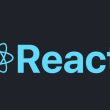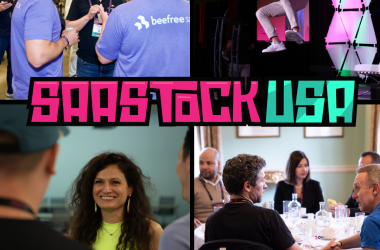This article is based on Abhishek’s brilliant talk at the 2024 Product Marketing Summit in Seattle. As a PMA member, you can enjoy the complete recording here.
I’m here to talk to you about some esoteric technology that you’ve probably never heard of.
Just kidding! This article is all about AI. There’s a good chance you’re already using AI-powered tools at work every day – but are you using them as effectively as you could be?
Over the last year and a half, I’ve been working with AI and have discovered lots of hacks, tips, and tricks, which I’m excited to share with you.
Here’s a taste of what we’ll cover:
- The major advantages and challenges of AI
- How to navigate the vast array of AI tools and choose the ones that matter
- A look at how AI models work and the importance of prompt engineering
- The six key elements of effective prompts
- Examples and techniques for crafting prompts that deliver the best results
- Advanced prompting strategies to elevate your AI-powered content creation
Let’s dive into it, shall we?
AI: A massive time saver with some challenges
Looking at the stats, it’s clear that AI is a huge time saver. Salesforce conducted a study that found marketers expect to save up to five hours a week using AI.
As the technology advances, we can expect even more time savings. AI is not just about faster content production; it’s also a game-changer for personalization. Many of us are already using it to translate content or create personalized social media posts.
AI models are also becoming more capable of analyzing large datasets. I’ve personally used AI for market research, extracting insights from data tables, conducting keyword research, and analyzing campaigns. For tasks like these, AI can be highly effective.
But let’s not ignore the challenges. One of the biggest issues is accuracy. For instance, if you have two product names that sound similar, AI might pick up one over the other without any distinction. And let’s be honest – we’re all still figuring out what AI can and can’t do, so there’s definitely room for learning.
Navigating the deluge of AI tools
I was at a conference in San Francisco recently, and a VC mentioned that they get pitched around 1,000 new AI products each month, with many of these being marketing-focused.
That’s a crazy number of products, right? It can feel impossible to make sense of all these tools. The examples below are just a small sample of the AI marketing applications available – it’s by no means comprehensive. And every single day, dozens of new products are launched on platforms like Product Hunt.
So, how many tools do you actually need? In my opinion, fewer than you might think. The underlying models, such as ChatGPT and Claude, are evolving so quickly that any tool you use today could be obsolete tomorrow.
After experimenting with many different tools, I now generally interact directly with the models themselves, rather than using marketing tools that harness their capabilities. Here’s why:
- Flexibility and control: Most marketing tools are just wrappers built on top of models. When you work directly with the model, you have more flexibility and control over the outcomes compared to using a tool that’s essentially making an API call on top of the model. I’ve used various AI writing tools and found that working directly with models like ChatGPT generally produces slightly better results.
- Tools become obsolete quickly: Vendors often claim that their tools offer more complete capabilities, and while that may be true at the moment, the rapid evolution of AI models means that tools can become obsolete almost overnight. That’s why I prefer sticking to the models themselves.
- Direct interaction with models: Many of the latest models are available on platforms like Hugging Face or other repositories. There are now more tools that let you directly interact with cutting-edge models, and most of these models have user interfaces, so you don’t need to rely on third-party tools.






